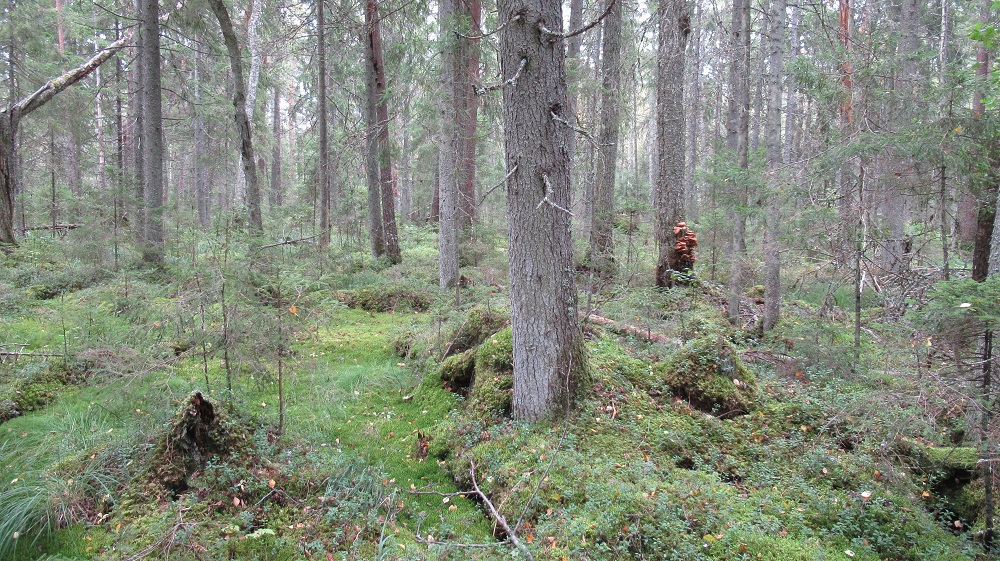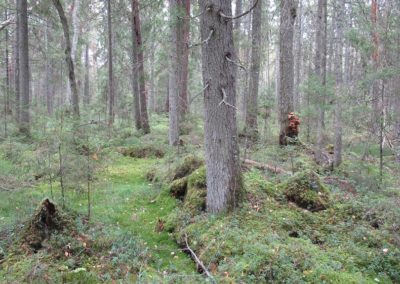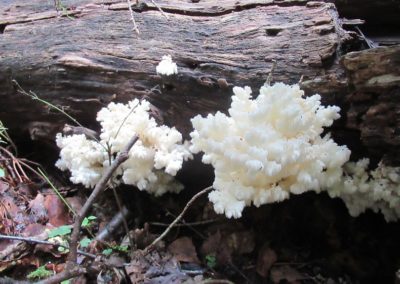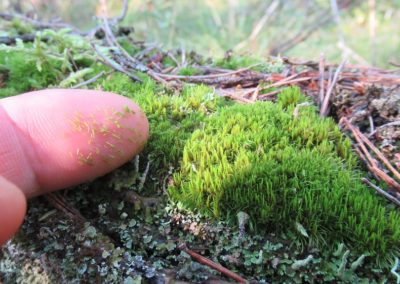Woodland Key Habitats – continuation

After the successful conclusion of the original Woodland Key Habitats project funded by BaltCF, more than 8,000 ha of new WKH were mapped and submitted for government protection in Estonia. This project continues this work: The objective is to find, register and preserve at least 2.000 ha of new WKH. Project partners are the public authorities responsible for the WKH registration in Estonia, the Environmental Board (Keskkonnaamet) and the Environmental Agency (KAUR).
The project’s activities take place in the Baltic Sea’s immediate catchment area. A considerable amount of WKH are closely linked to forests with high water level (e.g alder forests) or wetlands (e.g. bogs) or located in coastal zones, at the waterside of rivers and streams. Forests play a crucial part in preserving river ecosystems and improving water quality. Old growth forests also act as an important carbon sink and therefore mitigate climate change.
The project will improve the primary and old-growth forest conservation and help to preserve forest biodiversity, including wet forests, wetlands, watersides and coastal areas. A considerable share (about 20%) of existing and registered WKH are located in wet forests (e.g alder forests), wetlands (e.g. bogs) or at the waterside of rivers and streams. About 15% of WKH are located in coastal zones (up to 2 km from the seashore). Thus, many hundred hectares of new WKH are directly relevant for the Baltic Sea, these are WKHs with wet forests, wetlands, watersides and coastal areas.
Project Goal:
- The project goal is to find, map and protect at least 2,000 ha of new Woodland Key Habitats in commercial forests and limited conservation zones in Estonia.
- An additional objective is to improve public knowledge and environmental education about WKHs via public communication (articles, press releases, webpage updates, final seminar).
Long term effect
The project will improve the primary and old-growth forest conservation and help to preserve forest biodiversity, including wet forests, wetlands, watersides and coastal areas. A considerable share (about 20%) of existing and registered WKH are located in wet forests (e.g alder forests), wetlands (e.g. bogs) or at the waterside of rivers and streams. About 15% of WKH are located in coastal zones (up to 2 km from the seashore). Thus, many hundred hectares of new WKH are directly relevant for the Baltic Sea, these are WKHs with wet forests, wetlands, watersides and coastal areas.
Impressions:
Beneficiary
Estonian Naturalist´s Society
Project region
Estonia
Project duration
2021-05-01 – 2022-04-30
Budget
Total project budget: €112.900
Funding BaltCF: €99.400



